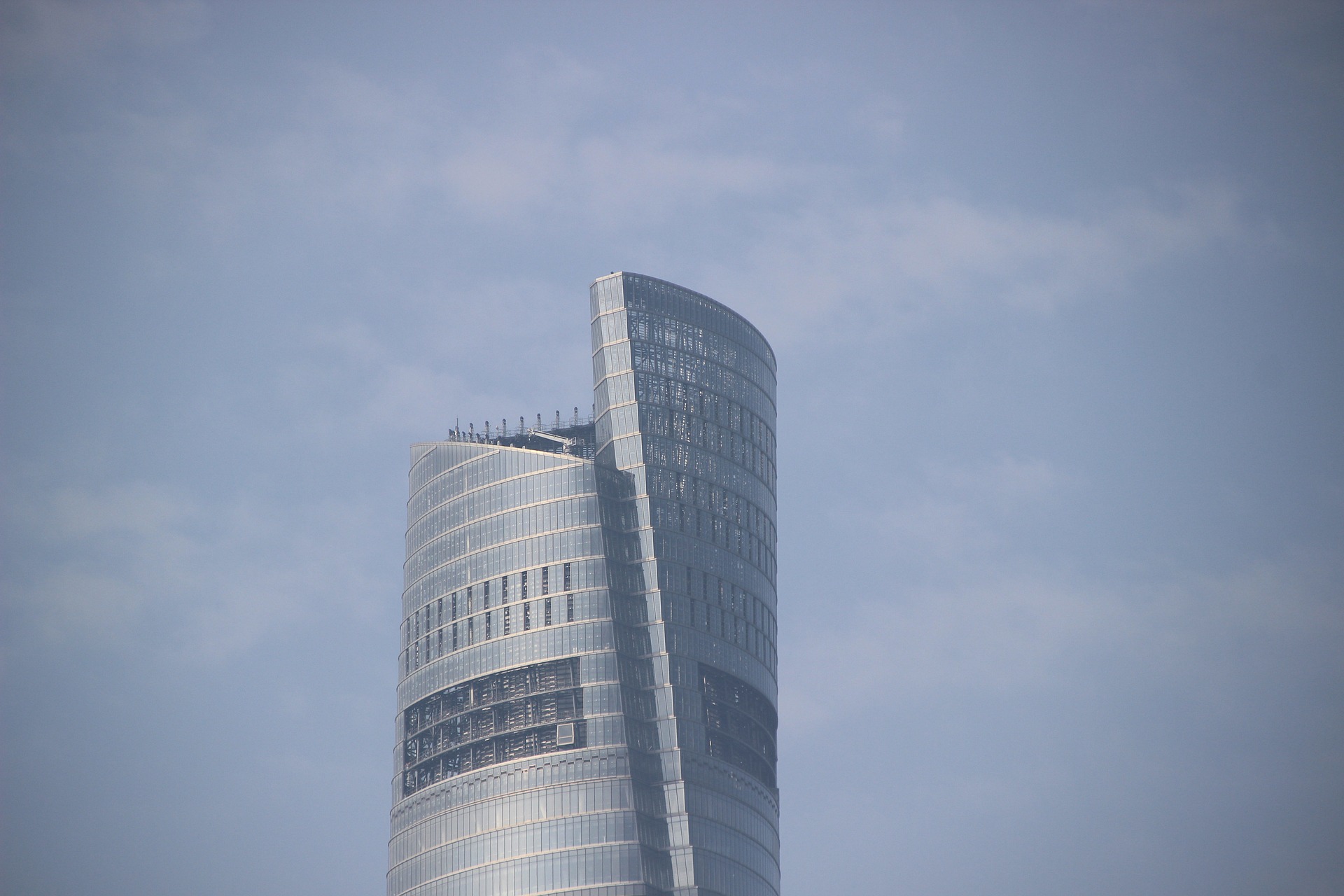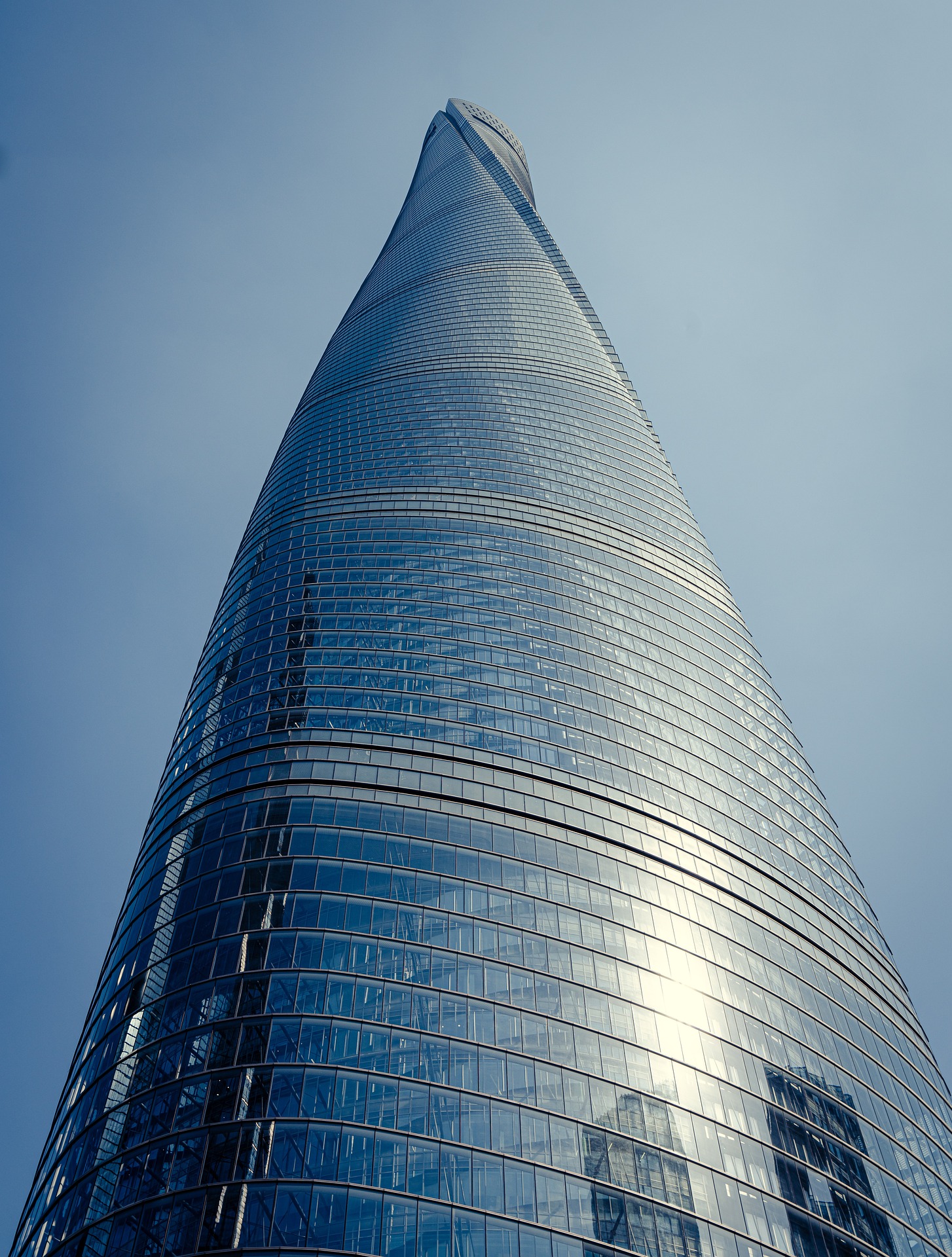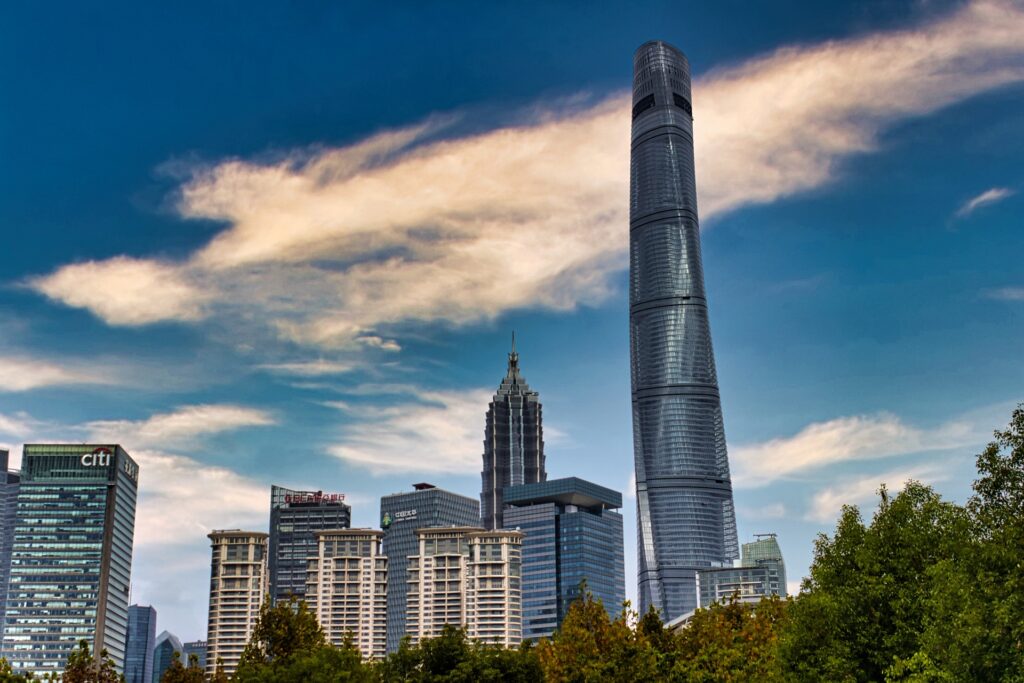The Shanghai Tower, a shining symbol of China’s rapid economic development and architectural ambition, stands as the tallest building in China and the second-tallest in the world. Located in the heart of Shanghai’s Lujiazui financial district, this iconic skyscraper is much more than just a feat of engineering. With its elegant spiraling design and state-of-the-art sustainability features, the Shanghai Tower redefines what a modern skyscraper can achieve.
In this blog, we explore the remarkable features, design innovations, and significance of the Shanghai Tower.
Table of Contents
Overview of Shanghai Tower
- Location: Lujiazui, Pudong, Shanghai, China
- Height: 632 meters (2,073 feet)
- Floors: 128 above ground, 5 below ground
- Construction Period: 2008–2015
- Architect: Gensler (Lead designer: Jun Xia)
- Purpose: Mixed-use (offices, hotels, retail spaces, observation decks)
The Shanghai Tower is part of a trio of skyscrapers in Lujiazui, which includes the Jin Mao Tower and the Shanghai World Financial Center. Together, they form a stunning skyline that symbolizes Shanghai’s status as a global metropolis.
A Revolutionary Design

Twisting Structure
The Shanghai Tower’s most striking feature is its unique twisting form, which rotates 120 degrees from base to top. This design is not just for aesthetics; it reduces wind loads by up to 24%, making the building more stable and energy-efficient. The aerodynamic shape minimizes the impact of typhoons, a frequent occurrence in Shanghai.
Double-Skin Facade
The building features a revolutionary double-skin facade. The outer glass shell wraps around an inner facade, creating a thermal buffer zone. This design reduces energy consumption by insulating the building naturally while offering stunning atrium spaces between the two layers.
Sustainability Features
The Shanghai Tower is one of the world’s greenest skyscrapers. It holds LEED Platinum certification, thanks to features such as:
- Rainwater Harvesting: Water is collected and reused for cooling and irrigation.
- Geothermal Heating and Cooling: An advanced HVAC system reduces energy use.
- Wind Turbines: Located near the top of the tower, these generate clean energy for the building.
Record-Breaking Elevators

The Shanghai Tower boasts the world’s fastest elevators, developed by Mitsubishi Electric. These elevators can reach speeds of up to 20.5 meters per second (45.8 mph), whisking visitors from the ground to the observation deck on the 118th floor in under a minute. This technological feat enhances the building’s appeal as a tourist destination.
The Observation Deck
The Shanghai Tower’s observation deck, located on the 118th floor, offers breathtaking views of Shanghai’s skyline. Visitors can see landmarks like the Bund, the Huangpu River, and the sprawling cityscape. The observation deck is one of the highest publicly accessible platforms in the world, drawing millions of tourists each year.
Mixed-Use Spaces
The Shanghai Tower is not just an office building; it’s a vertical city.
- Office Spaces: The tower hosts international corporations and local businesses.
- Hotel: The J Hotel occupies the upper floors, providing luxury accommodations with unparalleled views.
- Retail and Entertainment: The lower levels feature shopping malls, restaurants, and exhibition spaces.
These mixed-use elements make the Shanghai Tower a hub of activity, seamlessly blending work, leisure, and tourism.
Cultural and Economic Significance
The Shanghai Tower is more than an architectural wonder—it’s a cultural and economic beacon. It represents China’s ambition to lead in sustainable urban development and symbolizes Shanghai’s role as a global financial hub. Its construction provided thousands of jobs, and its presence continues to boost tourism and local businesses.
Challenges During Construction

Building the Shanghai Tower was not without challenges. Engineers had to overcome issues related to soil stability, extreme weather, and the sheer scale of the project. Innovative techniques, such as a tuned mass damper to counteract swaying and advanced wind tunnel testing, were employed to ensure the tower’s safety and longevity.
Conclusion
The Shanghai Tower stands as a testament to human ingenuity, pushing the boundaries of architecture, engineering, and sustainability. It is not just a skyscraper but a symbol of Shanghai’s aspiration and a model for the future of urban design. Visiting this towering marvel is an unforgettable experience that showcases the best of modern innovation or click here to read more blogs like this.
FAQs About Shanghai Tower
1. Is the Shanghai Tower the tallest building in the world?
No, the Shanghai Tower is the second-tallest building in the world, after the Burj Khalifa in Dubai.
2. What is the purpose of the Shanghai Tower?
The Shanghai Tower is a mixed-use building, hosting offices, a luxury hotel, retail spaces, and an observation deck.
3. How fast are the elevators in the Shanghai Tower?
The elevators in the Shanghai Tower are the fastest in the world, reaching speeds of up to 20.5 meters per second.
4. Can visitors access the observation deck?
Yes, the observation deck on the 118th floor is open to the public and offers stunning views of Shanghai.
5. Why does the Shanghai Tower have a twisting design?
The twisting design reduces wind loads, enhances stability, and improves energy efficiency.

